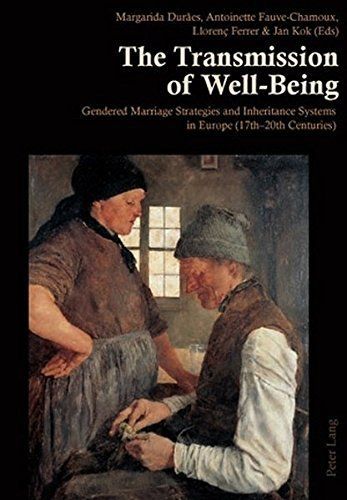
The Transmission of Well-being Gendered Marriage Strategies and Inheritance Systems in Europe (17th-20th Centuries)
What does well-being mean when we talk about men and women in the past? Their sheer chances of survival, their protection from want, their social status, their individual agency and their self-esteem were all strongly mediated by the family, the predominant social institution. Family laws and customs of family formation created differences between insiders and outsiders in terms of well-being. Within families, there were strong differences in autonomy, status and freedom between the genders and generations. The book offers a fascinating exploration of gender differences in well-being in many regions of historic Europe, with some comparative perspectives. It explores how historic family systems differed with respect to choosing a marriage partner, transmitting property, living and care conditions of widows and widowers and the position of children born out of wedlock.